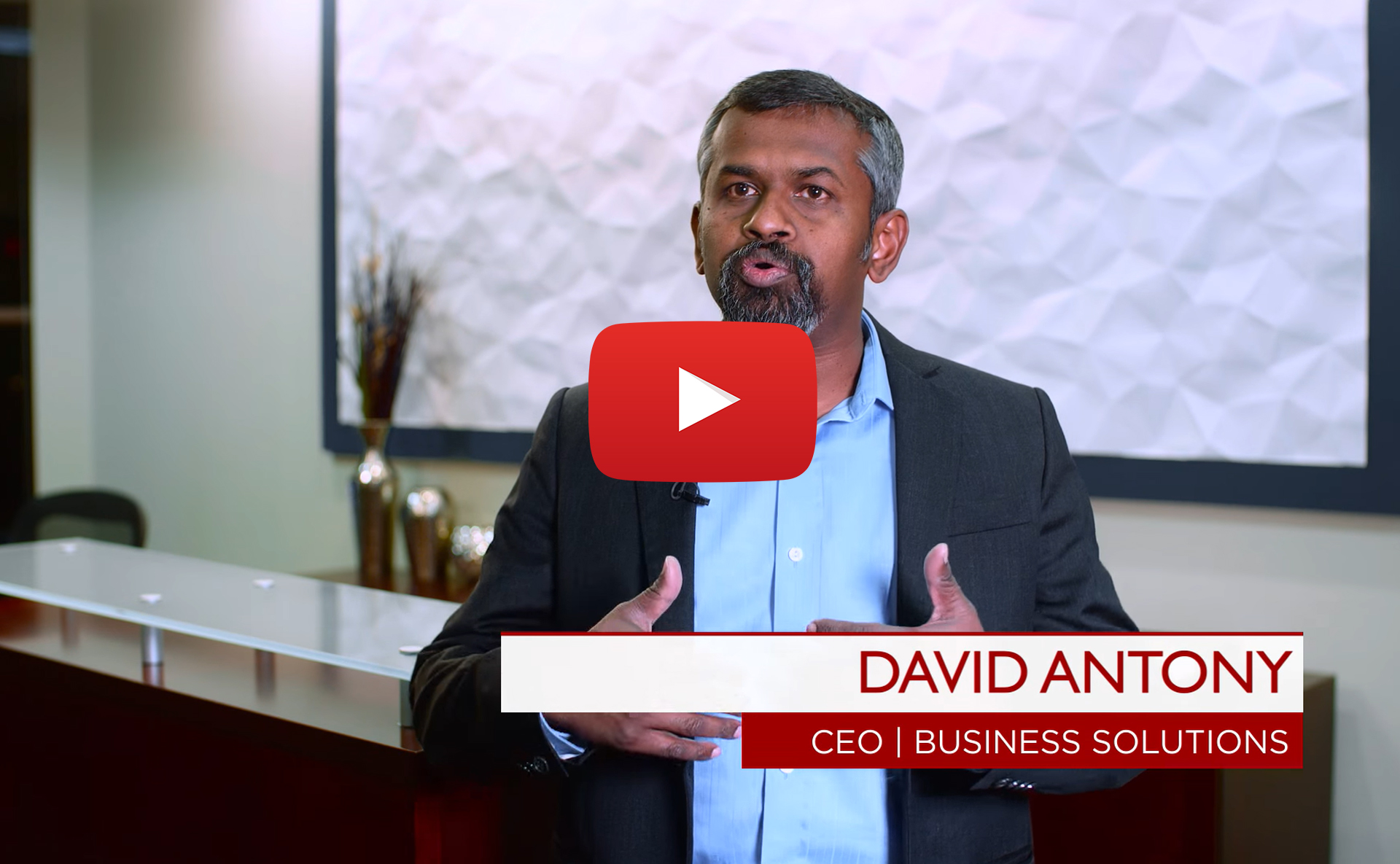With the emergence of virtualization, the cloud and social media, enterprises have realized that it is critical to keep innovating and adapting to changes, as customers today have access software applications through multiple channels. This poses a tremendous challenge to traditional software development models such as, the waterfall, wherein the progress of a software application is more linear and less adaptable to the changes in the scope and nature of a project.
Has your company thought about adopting Agile on large distributed projects? If not, then it's the right time to consider extending Agile to big projects and leverage the benefits that it offers. Read on, to find out more about the Agile technology.
Agile Development Methodology and Manifesto
The Agile methodology was first proposed in the year of 2001, as a manifesto that is popularly referred to as "The Agile Manifesto". Though it suggested a simple concept, it was considered radical in its function.
The Agile manifesto propounded four basic tenets that would define the Agile approach:
- Individuals (and teams) would take precedence over processes
- Small iterative bits of software that works vs. documentation
Emphasis on customer / client interaction at all stages of the software development - Quicker responses to the changes in a project over following a project plan
It is clear from the above, that the large scale Agile technology proposed sweeping changes to how Agile software development was to be. People (internal and external) were placed at the center of this approach. Developers could apply and adapt to change, while rolling out smaller chunks of a project, thus reducing the time-to-market. It also put the onus on the customer to be more participative, thus reducing the project creep that usually occurs in traditional software approaches.
Compatibility of Agile with Large Projects
While Agile was a game changing concept for software development, it was initially perceived that it would suitable only for web applications, smaller teams and less-complex projects. However that perception is all but gone. Today, extending Agile to big projects is becoming more of a norm than an option.
As noted earlier, software is no longer restricted to just one platform; it is being driven by the customer's consumption (of software) over distributed channels - desktop, web, cloud, mobile applications etc. In addition, the time-to-market has become shorter in order to stay competitive. This means that a traditional product development cycle cannot be adopted to fully meet the demands of today's customers and market dynamics.
Though it sounds like a cure-all to software development, Agile technology has some caveats that organizations need to be aware of. Adopting Agile on large distributed projects needs some groundwork, before it can be taken to distributed development teams. Before embarking on an Agile software development approach, it is important to ask a few key questions:
- What is the team size and how distributed are the development teams geographically?
- Is the development team fully geared up to changing requirements?
- Are developers accessible to users / customers?
- How easy or complex is it for the solution to scale incrementally?
- How aligned are the stakeholders (management, customers etc.) to the Agile iterative philosophy?
- Can prototypes be developed for chunks of a project?
- What is the level of technical and business complexity?
These questions will enable companies to evaluate if Agile can be implemented for a certain development project.
Benefits of using Agile For Large Software Projects
Adapting Agile's concepts and transitioning it into software projects is not easy, yet not too complex. Much of the work revolves around changing the organizational behavior in viewing how software projects are typically executed. Let's look at how beneficial Agile can be for large and complex software projects:
- Faster time-to-market and iterative approach: Traditional approaches when applied to larger projects have a longer turnaround time. The first major advantage is lost and it may seriously affect the competitive edge in a volatile market. The iterative approach, as noted, in Agile development is quick and ensures that the important goals and milestones of a project are completed early. This can help companies move into the market at a quicker pace.
- Better risk management: When customers and other key stakeholders are involved in a software project that utilizes Agile, risks can be identified early within the project and mitigated without the need to fire-fight later.
- Improved quality: The smaller incremental changes that Agile proposes, helps in increasing the quality. Early into the project, developers can make changes to the solution without harming the quality. Quality checks are put in place at all important stages of a project lifecycle, thus eliminating the need to fix bugs and errors after the first release. Also the onus falls back on the developer to ensure high quality along the lifecycle because of the shorter turnaround time between the releases.
- Focus on product development: Perhaps the biggest beneficiary of using the Agile approach is the product or the solution itself. Agile mandates that the right product is delivered instead of the right project. Since it places equal participation and importance on the customer and the developer/company, organizations can respond quickly to the changing needs of customers and customize the right solution for them.
- Fixed cost: The Agile methodology enables better predictability of project milestones and thus the cost. Though the scope of the project might vary, the cost remains fixed due to the iterative nature of software development.
Are you ready to adopt agile for your software projects? Contact Flatworld Solutions today to discuss how we can help you.
Contact UsAvail best-in-class services at affordable rates
Our Customers





Software Development Case Studies
-
Flatworld Implemented a ServiceNow Solution for a US-based Award Winning Firm
-
FWS Provided Swift and Impeccable ServiceNow Implementation Services
-
Flatworld Provided Power BI Services to a UK-based Data Analytics Firm
-
Developed an e-Learning Platform for a Global IT Organization
-
Bilingual OpenCart e-commerce Solution for Canadian Boat Manufacturer
3rd Edition Middle East Banking AI and Analytics Summit

USA
Flatworld Solutions
116 Village Blvd, Suite 200, Princeton, NJ 08540
PHILIPPINES
Aeon Towers, J.P. Laurel Avenue, Bajada, Davao 8000
KSS Building, Buhangin Road Cor Olive Street, Davao City 8000
INDIA
Survey No.11, 3rd Floor, Indraprastha, Gubbi Cross, 81,
Hennur Bagalur Main Rd, Kuvempu Layout, Kothanur, Bengaluru, Karnataka 560077






